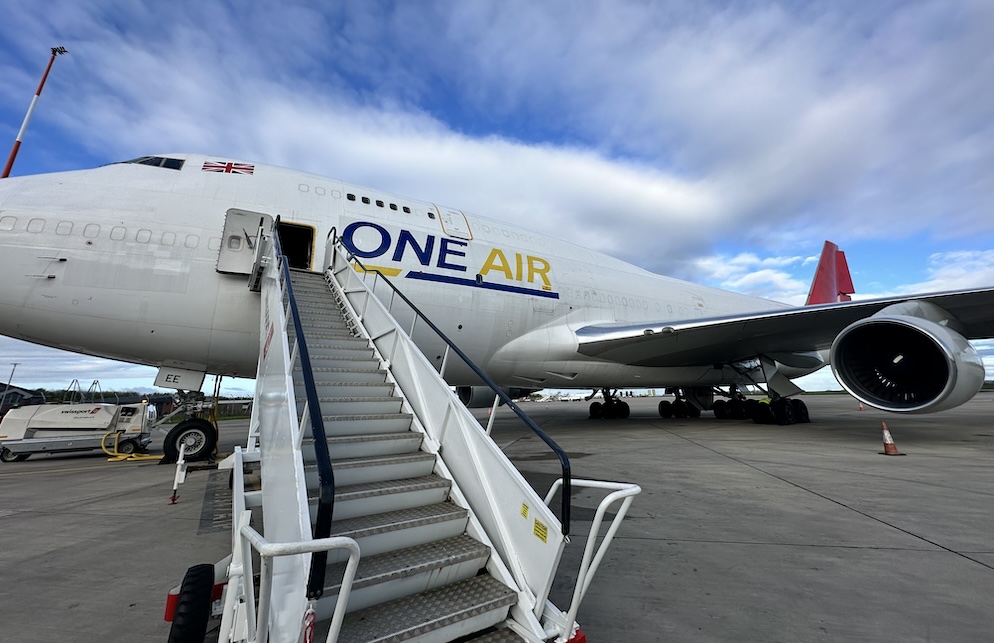 David Craig Head of Aviation, East Midlands Airport
David Craig Head of Aviation, East Midlands Airport

East Midlands Airport’s cargo operation is already a huge success story, and a study has concluded that it could really start to fly in the years ahead.
While many people doubtless see EMA as a medium-sized regional airport offering low-cost passenger flights to Europe, there is another, more significant side to our operation. In fact, we are the number one express air freight hub in the UK. Yes, above much larger airports like Heathrow.
It’s true that Heathrow carries higher volumes of cargo, but that’s mostly in the ‘bellyhold’ of passenger aircraft – and that puts EMA at a significant advantage, which I’ll come to. But even on volume, EMA is second only to Heathrow and the largest for dedicated air cargo, making it an asset of national economic importance.
Each of the three logistics giants – DHL, UPS and FEDEX – have bases right next to the runway at EMA. Together they connect the airport with 185 of the world’s economic powerhouses, from New York, Singapore and Dubai to Hong Kong, Tokyo and Mumbai. Between them and others operating from EMA, they handle around 400,000 tonnes of goods a year.
A report by aviation experts York Aviation and freight specialists MDS Transmodal estimates that these volumes will more than double over the next twenty years. This is in contrast to airports where cargo is carried in passenger aircraft ‘bellyholds,’ whose volumes are declining. Some airports are also prioritising passenger flights over cargo operations. There is therefore a trend where cargo operators are favouring airports like EMA that support aircraft purely carrying freight.
There is another trend emerging which EMA is well placed to benefit from, and that’s the growth in e-commerce demand, especially from markets such as China where the likes of Temu and Shein are becoming dominant. They are looking for ways to get their goods into the UK and Europe, and EMA’s existing links and facilities enable them to do that. We have already attracted new British cargo airline One Air to operate regular flights between Hong Kong and EMA, whose Chief Operating Officer has praised EMA for its “very understanding and progressive attitude towards freighter operators.”
We expect this demand to increase as e-commerce grows in China and elsewhere and airlines look for dedicated cargo solutions over more expensive and constrained passenger ‘bellyhold’ options.
The fact is that our position in the heart of the country, close to major road and rail networks and 80% of major warehousing, gives us a geographic advantage. And our ability to operate 24/7, handle dedicated cargo aircraft and offer stand space and slots when other airports are reaching capacity and becoming congested gives us a strategic advantage. Our status as the port for the UK’s only inland Freeport is expected to bring further interest and investment in and around the airport.
The cargo strategy study concludes that growth in air cargo at EMA will support an uplift in GVA of up to £1.8bn and an extra 12,600 jobs by 2030, with these figures roughly doubling by 2040. This is a boost to the £443m GVA that EMA already contributes to the regional economy, providing vital support to key business sectors in the surrounding ‘Golden Triangle,’ including advanced manufacturers, automotive, aerospace and healthcare pharmaceuticals.
We are ready to grow and help our regional economy grow and will continue to deliver seamless trade that powers the UK.